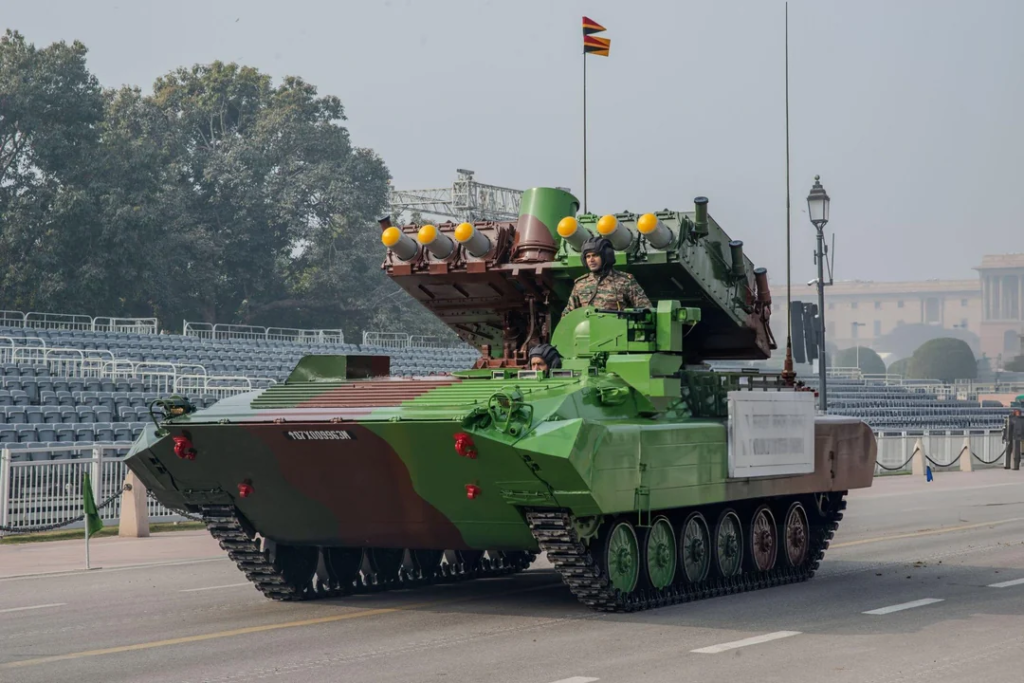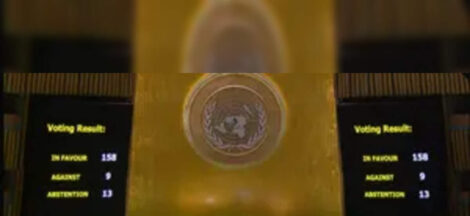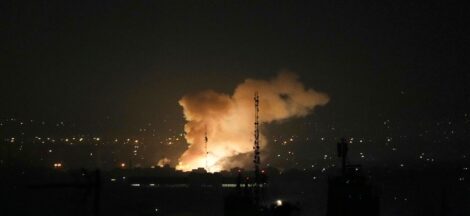By Aritra Banerjee
The Indian Army came up with a Request for Information (RFI) for the procurement of new-generation anti-tank guided missiles (ATGMs) in October last year, which seeks to procure over 20,000 new-generation ATGMs and 1,500 launchers, along with simulators to enhance training capabilities. The ATGMs are intended for strategic deployment along India’s borders with Pakistan and China, enhancing the Army’s operational capabilities in these critical regions.
This came against the backdrop of the severe shortage faced by the Indian Army in the area of these weapon systems. At this point, the Indian Army is equipped with an aging arsenal of second-generation anti-tank guided missiles (ATGMs). This means that ATGM capabilities currently operated by the Army are way behind its adversaries and other modern armies worldwide. China and Pakistan, which fare high on India’s threat perceptions, operate ATGMs of superior range, precision, and penetration capabilities, such as the HJ-12, OMTAS, and Karaok ATGMs.
Despite several attempts to procure modern third-generation ATGMs, the Army has been met with multiple hurdles. In 2009 and 2018, procurement processes for these advanced systems were nearly done. However, at the time, India’s Public Sector Undertaking Defence Research and Development Organisation (DRDO) promised an indigenous solution. Taking DRDO for its word, the deals were cancelled. However, DRDO’s third-generation prototype has not yet seen the light of day.
The lack of ATGMs poses an operational risk. They are primarily offensive weapons and are designed to target and destroy enemy tanks and armoured vehicles from a distance. They are also used in both direct attacks and ambushes. They are, however, also used in a defensive position to stop or slow enemy advances.
As of date, the Indian Army has authorised 3,000-5,000 ATGM launchers and over 2 lakh missiles, but nearly 100% of the existing inventory comprises outdated second-generation systems. This deficiency goes against India’s modernisation efforts for its armed forces.
Even with its outdated inventory, the Army faces a 40-50% deficiency for launchers and 75-85% for missiles. As older systems are phased out, this capability gap will only widen, leaving India’s fighting forces in a vulnerable situation. The Army’s anti-tank shortfalls are not limited to ATGMs alone. The Carl Gustav 84mm recoilless launcher (RL) also faces a severe shortage of up to 40%.
Until recently, the Carl Gustav was being manufactured indigenously, but production ceased following the completion of the licensing agreement with Swedish defence firm SAAB. Although the latest RL Mk-IV is slated for production in India by 2028-2029 at the new SAAB Sweden plant, the Army faces an urgent need for procurement in the interim.
The Carl Gustav is an integral part of India’s infantry’s firepower. The ATGM and Carl Gustav RL shortage results from putting all eggs in one basket by trusting DRDO to deliver. This, coupled with India’s good-old bureaucratic delays, results in the forces grappling with capability gaps. The wisest thing for India to do in the interim is to fast-track acquisitions to fill gaps. India must break the cycle of procurement delays to maintain credible deterrence and warfighting capabilities. (IPA Service)




 International Women’s Day In 2025 Must Work For Vigorous Drive For Inclusion
International Women’s Day In 2025 Must Work For Vigorous Drive For Inclusion 